Surly Skid Loader reviewed: A rugged cargo e-bike built for more than city streets
Surly’s tough, adaptable e-bike gets some subtle yet welcome updates, but who exactly is the Skid Loader for?

The Skid Loader is much like a 2010 Ford Ranger pickup truck: it's not the most comfortable rig, but capable well beyond its size. It can haul big loads, it’s not afraid of getting dirty, and it will probably outlive you. It’s a tool—tough and adaptable—not a polished lifestyle product. If you're willing to embrace its heft, accept its quirks, and customise it to your needs, the Skid Loader will give you years of dependable service.
-
+
Off-road Capable
-
+
Durable Frame
-
+
Dual battery capability.
-
+
Dropper post makes swapping between riders easy
-
+
Huge tyre clearance
-
-
A tad unwieldy
-
-
Bumpy ride
-
-
Expensive for what it is
-
-
Limited accessories available
You can trust Cycling Weekly.

The steel bikes of Minnesota brand Surly are like the Midwest people themselves: no-nonsense, practical and focused on getting the job done. Their machines have a blue-collar charm that’s easy to love.
Surlys aren’t bikes for people chasing KOMs or the latest tech trends, they’re for riders who value durability over dazzle, utility over hype and the kind of solid construction that can shrug off decades of hard use. The more scuffs and scratches, the more character. They also ride really nicely.
The brand won over countless riders back when bikepacking was still just called touring, and it’s held onto them with a cultish following among commuters, n-1 die-hards, long-distance fanatics, and anyone who sees a bicycle as a practical vehicle rather than a delicate toy.
That’s not to say Surly has been standing still. Sure, long-running models like the Disc Trucker and the now-legacy Cross-Check still feature their familiar silhouettes, but Surly knows that even the most utilitarian bikes have to evolve. The Skid Loader e-bike is proof of that. First introduced in 2022, it blends Surly’s steel-forged durability with modern e-assist and cargo capability.
The updated 2025 model recently made its way to Cycling Weekly for review, showcasing Bosch’s new Performance Line Cargo smart system along with targeted improvements to handling and everyday utility. Yet the underlying ethos remains unchanged: a steel platform built for longevity, customisation and real-world use. It’s evolution rather than revolution, and unmistakably Surly.
About the Surly Skid Loader
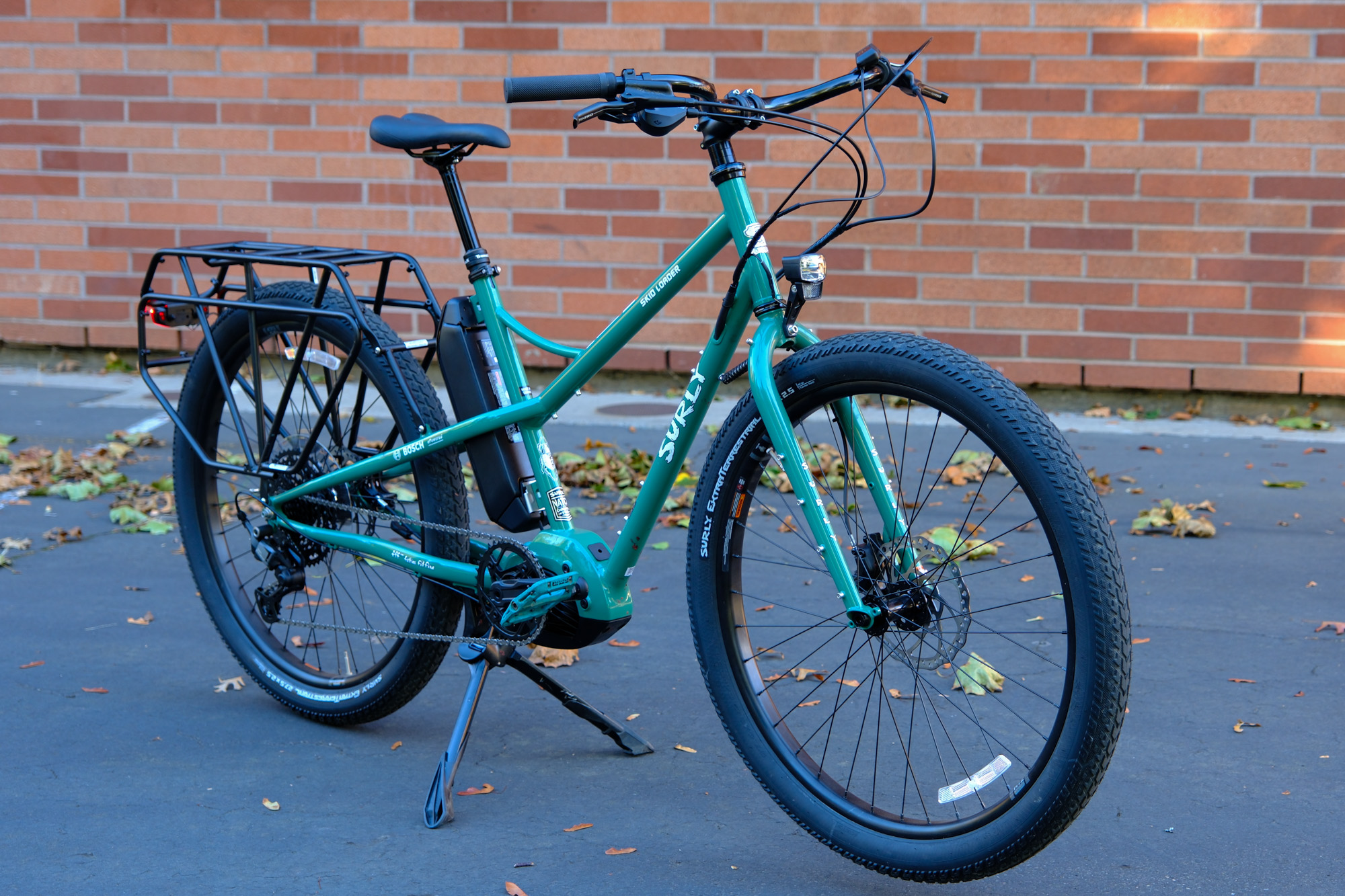
The Surly Skid Loader takes its name from the compact construction machine, the skid-steer loader. Those machines are small but incredibly strong, able to pivot within their own footprint while shouldering weighty loads all day long. Surly’s cargo e-bike was designed with that same spirit: a compact yet heavy-duty tool built for getting big jobs done.
According to Surly, it's designed for anyone who wants car-replacement capability without the bulk of a longtail cargo bike.
The latest race content, interviews, features, reviews and expert buying guides, direct to your inbox!
“The Skid Loader was designed as a human-powered sustainable transportation solution for hauling it all,” said Tim Simundza, brand and marketing manager at Surly. “We designed it to reduce reliance on cars by offering a compact, cargo-capable bike that can handle the demands of everyday urban life. Whether you're running errands, commuting or hauling gear, the Skid Loader empowers riders to carry more and drive less. We are proud to continue challenging the status quo and expanding what’s possible by bike.”
At first glance, the latest version of the Skid Loader looks very much like its predecessor. At its core is Surly’s custom-butted ‘Natch’ steel tubeset, engineered for strength, durability and a ride quality that feels reassuringly Surly.
The sloping top tube, generous standover, and three broad size options allow it to comfortably fit riders from 5'0” to 6'6”, while the stock dropper post helps fine-tune the fit for shared use.
The bike also retains its full-sized 27.5" wheels and big volume, 2.8" tyres for a more traditional bike feel (as opposed to the smaller wheels commonly found on e-cargo bikes).
Updates come in the form of subtle, quality-of-life improvements. There's now a front wheel stabiliser that keeps the bike steady while loading and unloading, integrated front and rear lights, and a burly rear rack that can carry loads up to 100 lbs (45kg).
The Skid Loader is powered by Bosch’s Performance Line Cargo smart-system motor, offering 85Nm of torque and speeds up to 20mph. A 545Wh Bosch PowerPack battery is included, with a dedicated mounting space for an optional second battery for extended range.
Completing the bike is Shimano's Cues 1x10 drivetrain, Tektro hydraulic brakes, and a heavy-duty Ursus Jumbo 80 dual-leg kickstand.
Specs

- Frame & fork: 100% Surly Chromoly Steel, Natch tubing, double-butted main triangle, TIG welded, E.D. coated
- Motor: Bosch Performance Line Cargo smart system with four levels of ride assist (Eco, Tour+, Cargo, Turbo) and 85Nm of torque
- Handlebar Remote: Purion 200
- Max speed: 20mph
- Battery: Bosch PowerPack 545Wh battery included. Secondary batteries available aftermarket
- Charge time: 4-5 hours
- Range: 15-150 miles
- Drivetrain: Shimano Cues 1x10
- Wheel size: 27.5"
- Brakes: Tektro Orion HD-M750 Hydraulic Disc Brakes
- Seatpost: TranzX Dropper Post with 120mm travel
- Kickstand: Urusu Jumbo 80 Dual-legged kickstand
- Tyres: Surly ExtraTerrestrial 27.5 x 2.5″
- Rear rack capacity: 100 lbs
- Total weight capacity (rider and cargo): 400lbs
- Weight: 60lbs
- MSRP: $4,599.00
The Ride

When I went to pick up the Skid Loader at my local bike shop, I was in for a surprise. Not only did its rear rack interfere with the arms of my 1UP USA bike carrier, but at 60+ pounds, the bike also threatened to max out the tray’s weight limit. So into the truck bed it went.
While not a longtail, the Skid Loader still feels big, or rather, tall. The 27.5" wheels wrapped in 2.5" tyres create the same outer diameter as a 700c x 45mm setup, and paired with the upright fit. long steerer tube and wide bars, the bike just feels large, even in a size small.
Most e-cargo bikes lean on 20" wheels for a lower centre of gravity and stability, but Surly instead prioritises “normal bike handling” and a mile-cobbling cruising pace.
On long straightaways, that approach pays off. The Skid Loader rolls with ease and settles quickly near that 20mph max speed. But in tight or wet corners, the bike can feel a bit top-heavy and not the most confidence-inspiring.
Those large wheels, however, are exactly what make the Skid Loader surprisingly capable off-road. The 2.5" ExtraTerrestrial tyres and the steel frame’s natural compliance deliver better gravel performance than most e-bikes I’ve ridden. For out-of-city weekend excursions, the bike feels composed and grinds gravel with ease. Add in its dual-battery capability, and more than once I wondered whether the Skid Loader’s ideal life might be as a mixed-terrain adventure rig rather than an urban hauler. Maybe it’s my mental association of Surly with touring, but I could easily see someone taking this on short bikepacking trips.
And that’s part of the charm of any Surly: the steel platform invites you to turn it into whatever you want it to be. The Skid Loader arrives as a blank canvas, which is both an opportunity and a bit of a drawback. There are mounts everywhere, ready for racks, bags, baskets, child seats, or whatever system you prefer. But until you choose, purchase and install those accessories, the bike isn’t especially functional as a cargo carrier. Surly’s own accessory lineup is sparse, meaning most riders will be mixing third-party gear and add-ons from the onset. For my test period, I simply strapped a milk crate to the rear rack so I had somewhere to toss my lock, a jacket or some groceries without having to carry a backpack.
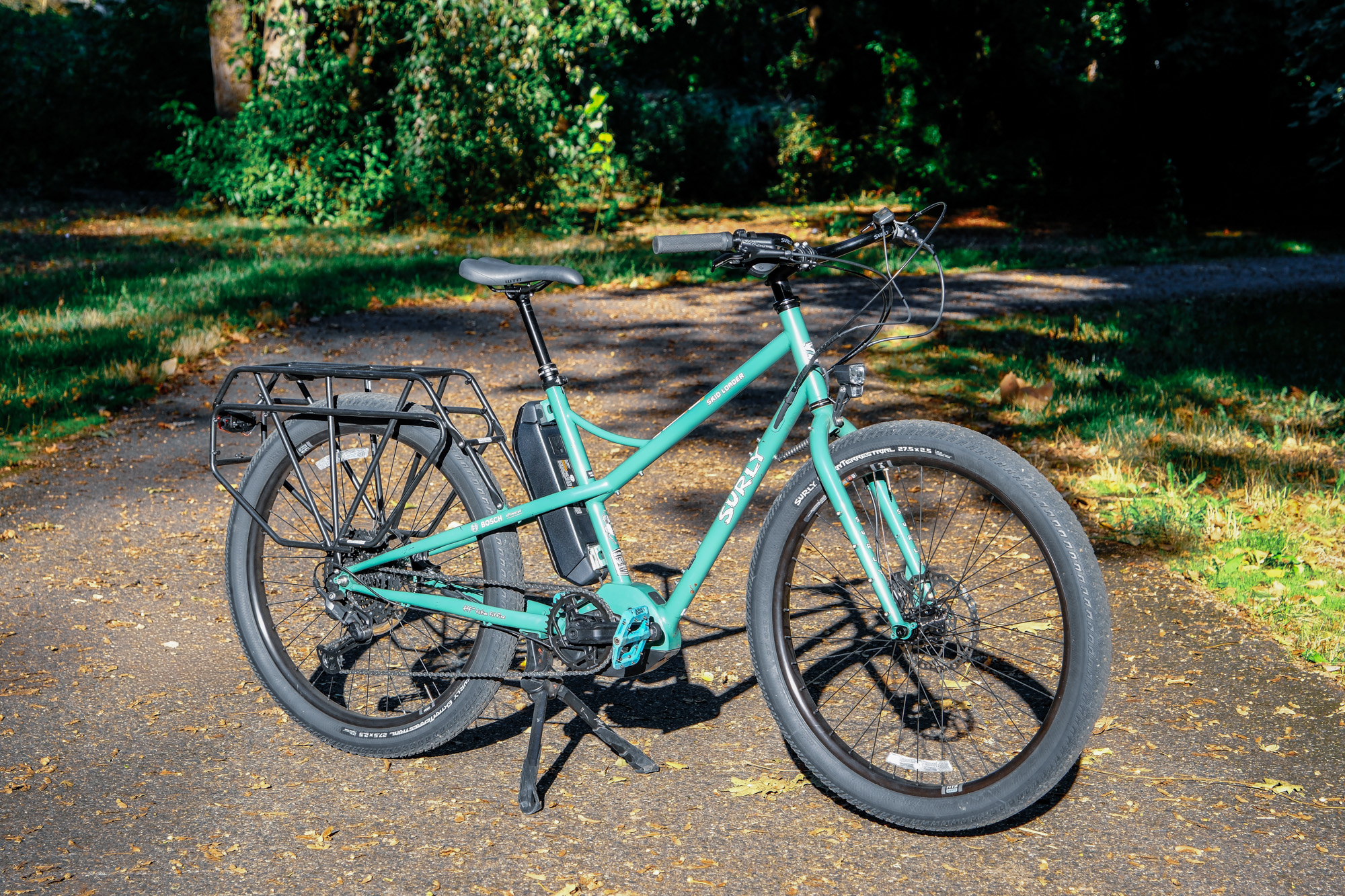
More than once I wondered whether the Skid Loader’s ideal life might be as a mixed-terrain adventure rig rather than an urban hauler.
The Bosch Performance Line Cargo motor delivers quiet, seamless assist, making 18-20mph cruising feel natural and well within the bike's comfort zone. With 85Nm of torque, it has ample oomph for hills, headwinds and loaded errands. Surly quotes a 15–50 mile range depending on load and assist level; in real-world riding, I consistently managed around 35 miles without trying to conserve energy. Riders with longer or more frequent commutes will appreciate the dual-battery option.
The newly added integrated front and rear lights are a must-have on any commuter bike, though the front light on my test unit didn’t work out of the box. The new front-wheel stabiliser spring is a small but useful upgrade, keeping the fork controlled and centred while riding and loading a front rack or basket. And the Shimano Cues drivetrain was faultless: smooth shifting under load and an all-around good, affordable yet durable option.
Having previously owned a Surly Midnight Special, a frame I adored for its versatility and smooth ride, I kept looking for that same level of comfort in the Skid Loader. But I never found it. The heft, combined with the rigid frame and lack of suspension, makes for a bumpy ride despite the large-volume tyres. Broken pavement produced sharp jolts, enough to send me bouncing in the saddle and small items flying out of the milk crate. I could only imagine what a rear passenger might experience. There’s a reason so many city-oriented e-cargo bikes rely on 20" wheels: they keep the ride more planted and controlled.
During my time with the Skid Loader, I struggled to pinpoint its best use case. For parents hauling kids or riders wanting a ready-made, comfortable commuter or grocery-getter, I'd probably point you to a more turnkey and smoother-riding option.
In the end, I decided the Skid Loader is much like a 2010 Ford Ranger pickup truck: it's not the most comfortable rig, but capable well beyond its size. It can haul big loads, it’s not afraid of getting dirty, and it will probably outlive you.
It’s a tool—tough and adaptable—not a polished lifestyle product. If you're willing to embrace its heft, accept its quirks, and customise it to your needs, the Skid Loader will give you years of dependable service.
Value & Verdict
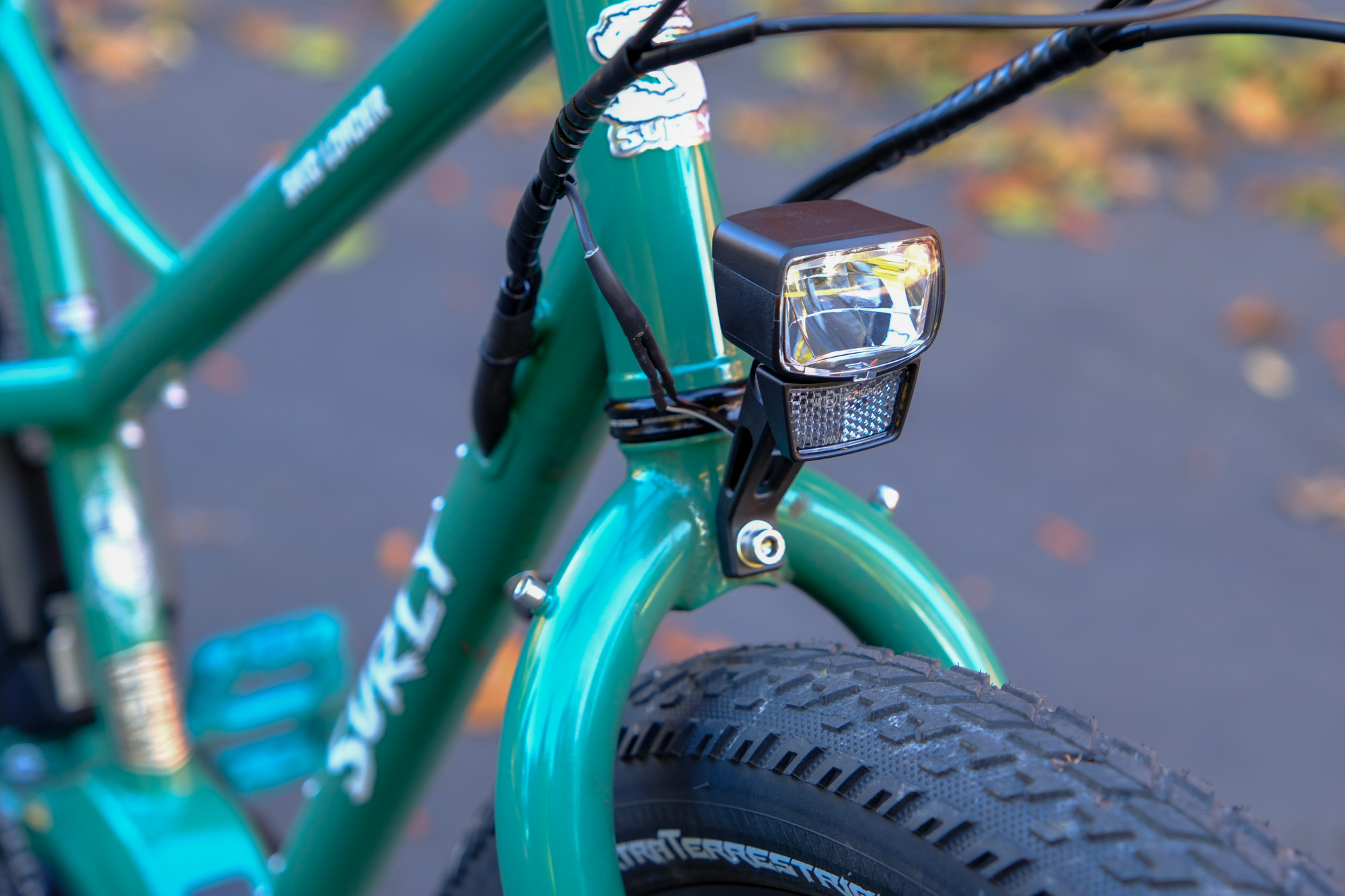
At $4,600, the Skid Loader sits in an increasingly competitive corner of the e-cargo market. And when you look strictly at features and numbers, there are bikes that deliver more for less.
For urban riders, especially parents hauling kids, options like the Specialized Globe Haul are hard to beat. It's got a larger battery, a rear rack that can carry even more (132 pounds vs 100 lbs), a smoother ride, and an ecosystem of plug-and-play accessories, all for roughly $2,000 less. It won’t match the Skid Loader off-road, but as a day-to-day city tool, it represents strong value.
These commuter bikes won't match the Skid Loader's do-it-all abilities, but even on the adventure end, brands like Aventon, Rad Power Bikes, and Ride1Up offer off-road e-bike capabilities like large, wide tyres, extended battery range, and suspension on a much smaller budget.
With that said, durability and long-term serviceability are to be considered. And ultimately, you don’t buy a Surly on a spec sheet alone. You buy it for the steel, the soul, the do-anything ethos, and the knowledge that the bike will likely outlast everything else in your garage. The Skid Loader delivers that in spades. It’s rugged, versatile, and willing to be made into whatever you need it to be.
It’s not the obvious choice, but for the right rider, it might be the perfect one.
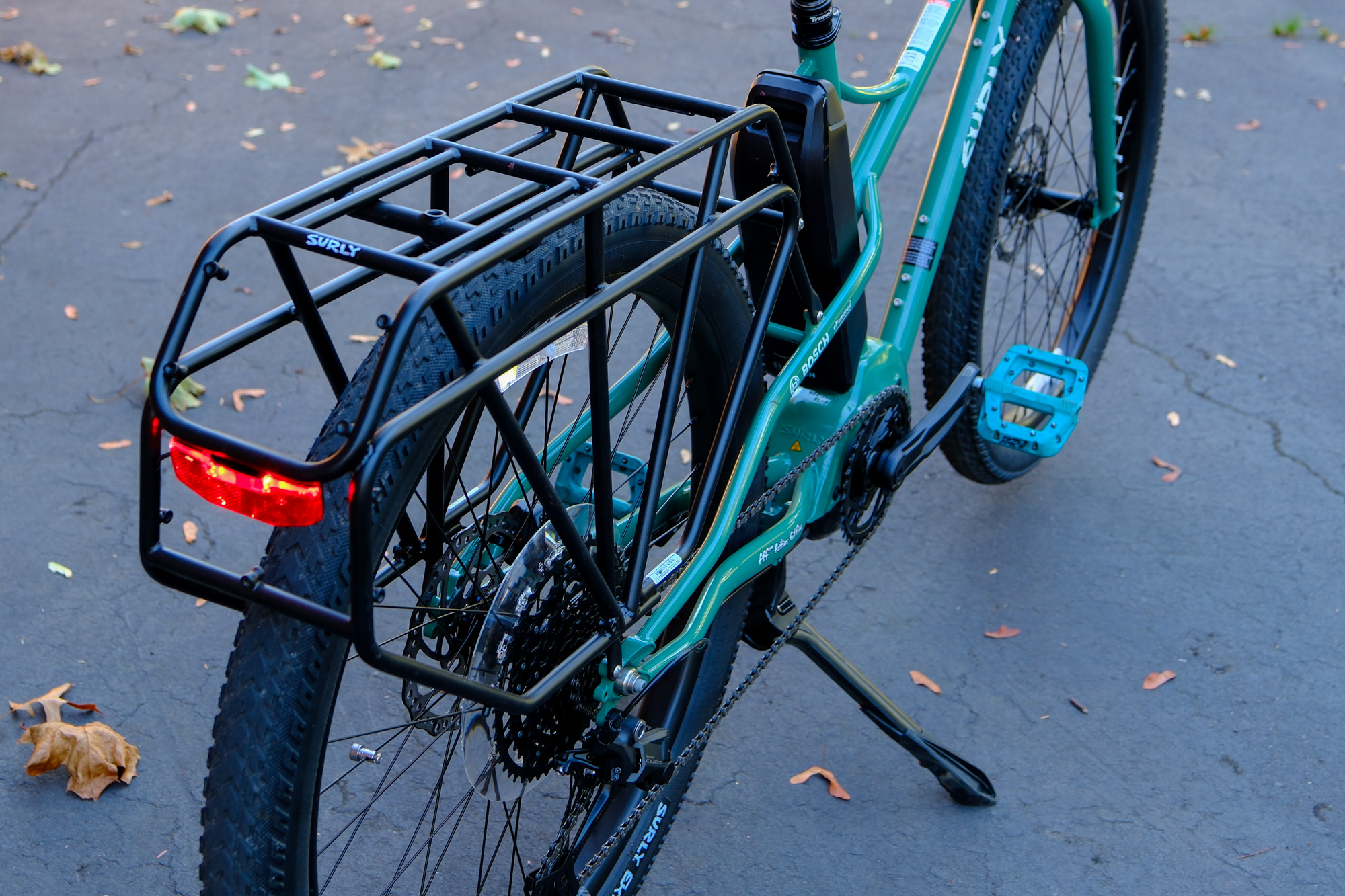
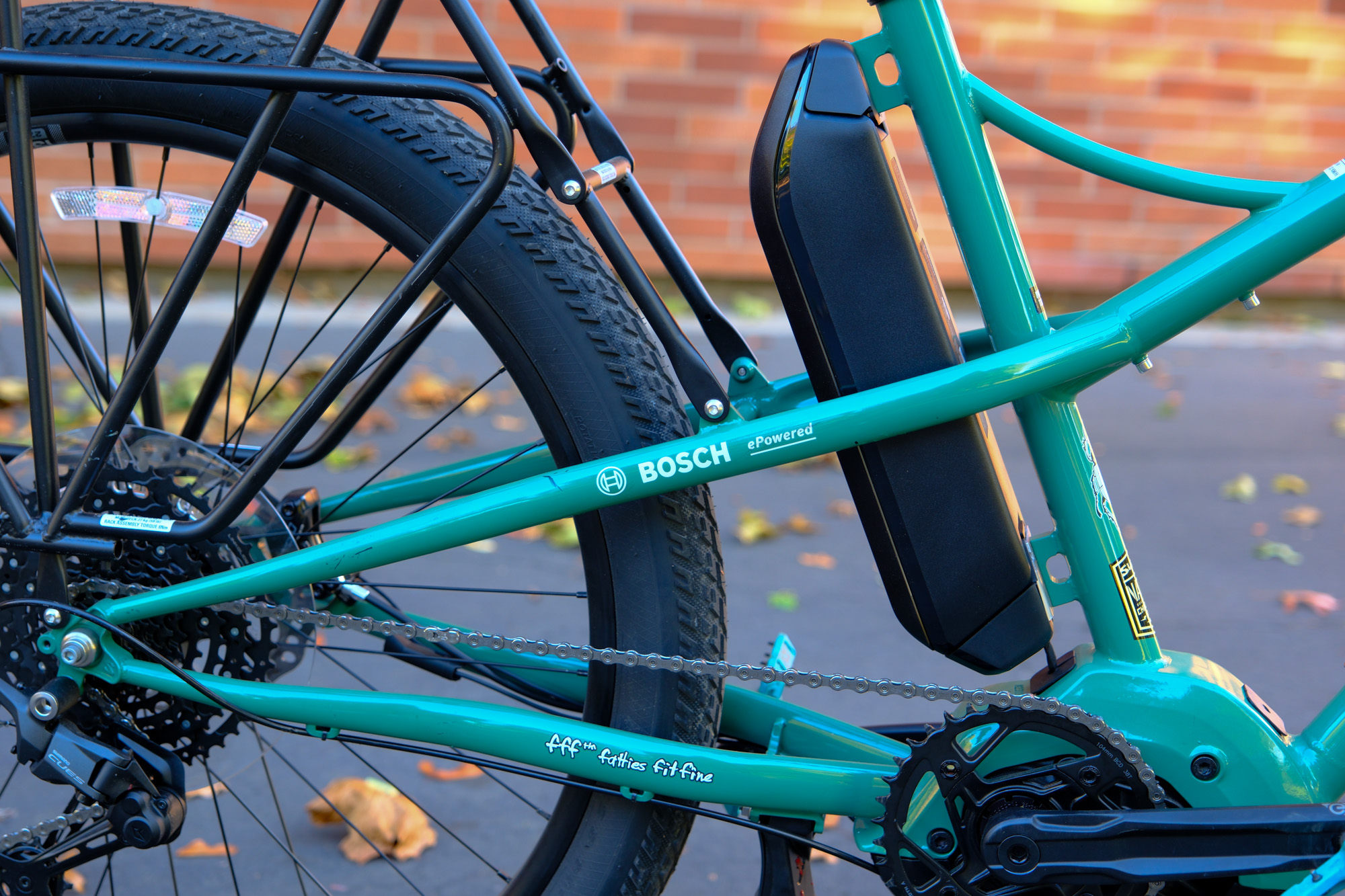
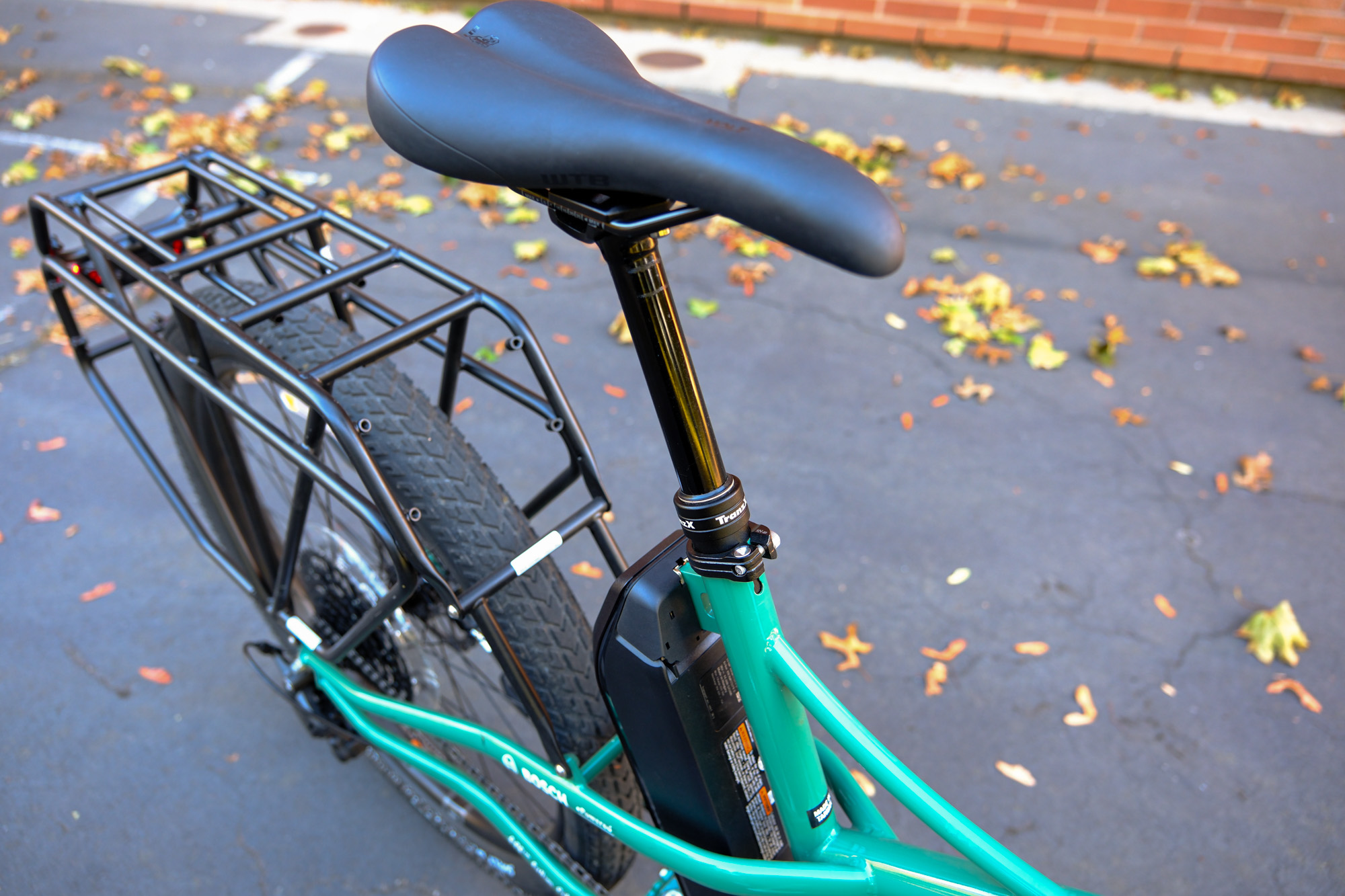
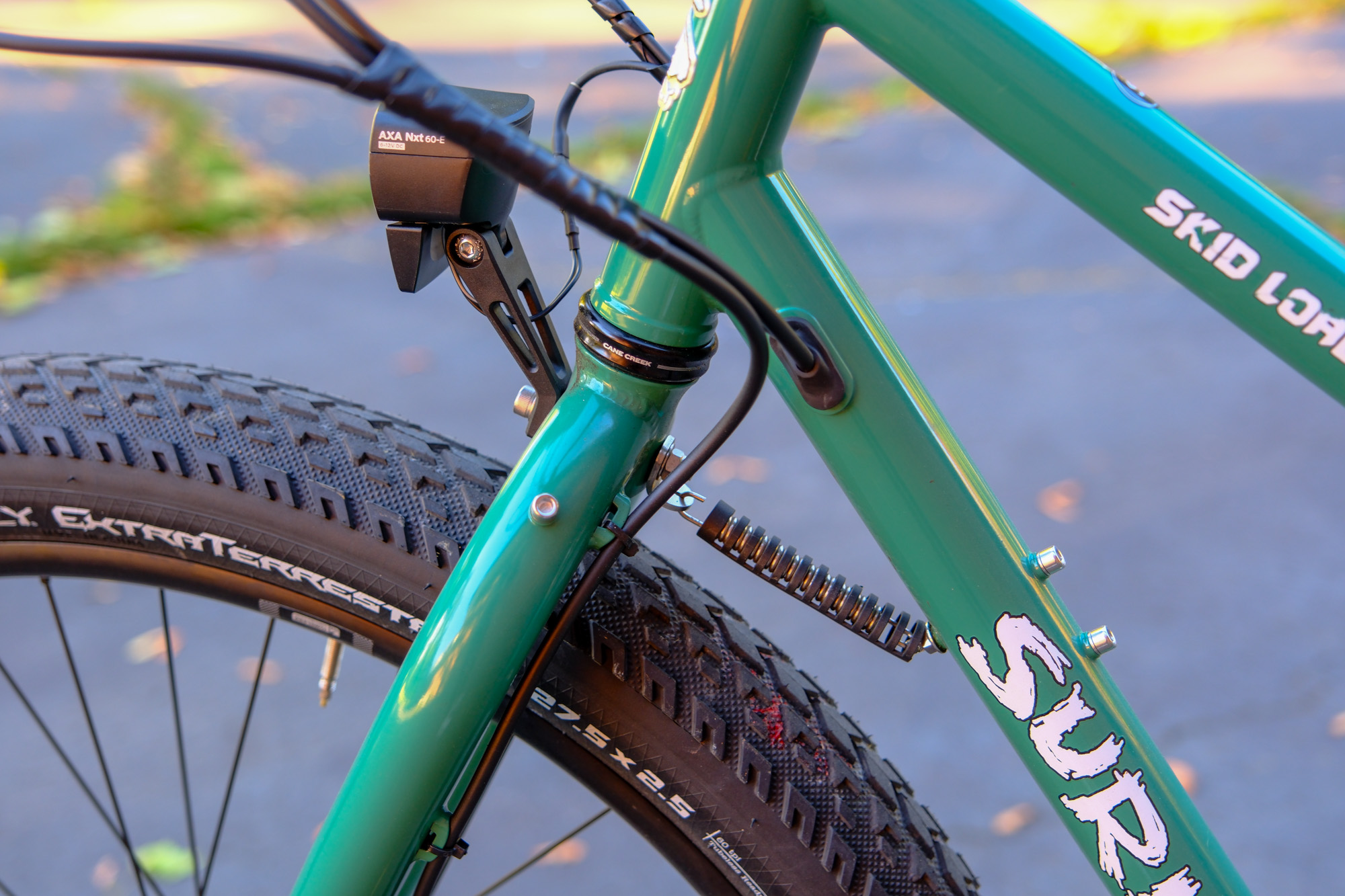
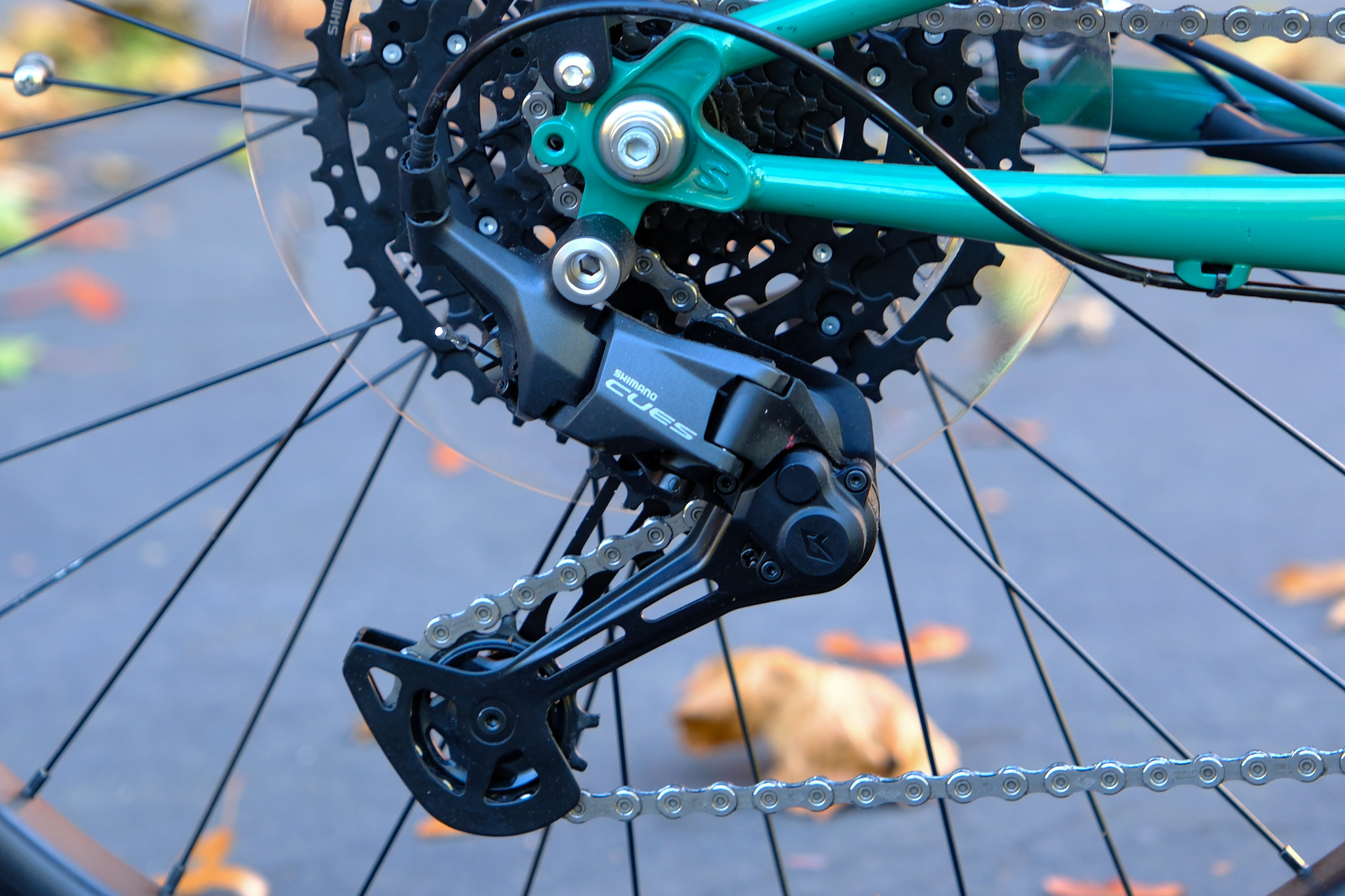
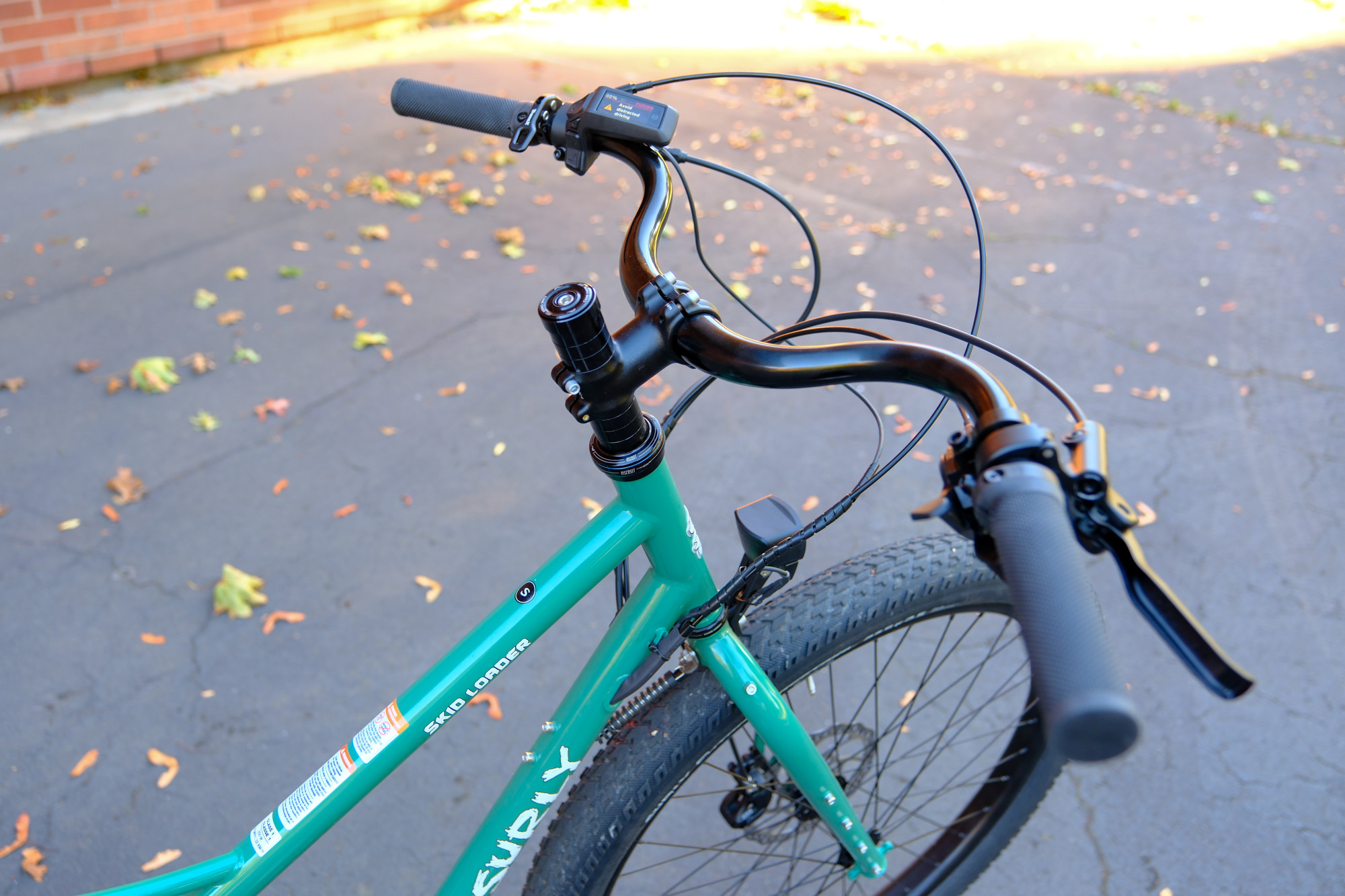

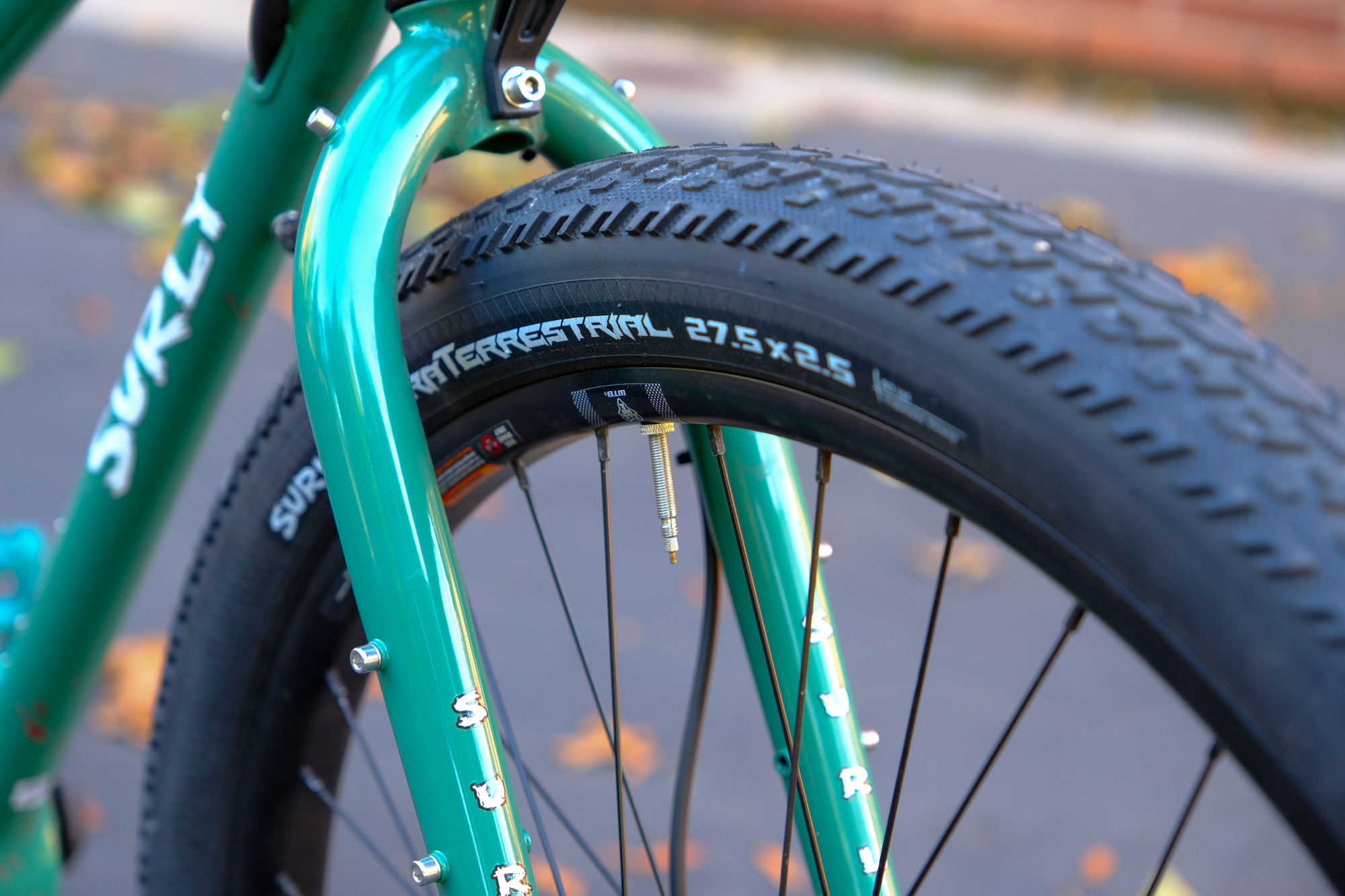


Cycling Weekly's North American Editor, Anne-Marije Rook is old school. She holds a degree in journalism and started out as a newspaper reporter — in print! She can even be seen bringing a pen and notepad to the press conference.
Originally from the Netherlands, she grew up a bike commuter and didn't find bike racing until her early twenties when living in Seattle, Washington. Strengthened by the many miles spent darting around Seattle's hilly streets on a steel single speed, Rook's progression in the sport was a quick one. As she competed at the elite level, her journalism career followed, and soon, she became a full-time cycling journalist. She's now been a journalist for two decades, including 12 years in cycling.
You must confirm your public display name before commenting
Please logout and then login again, you will then be prompted to enter your display name.